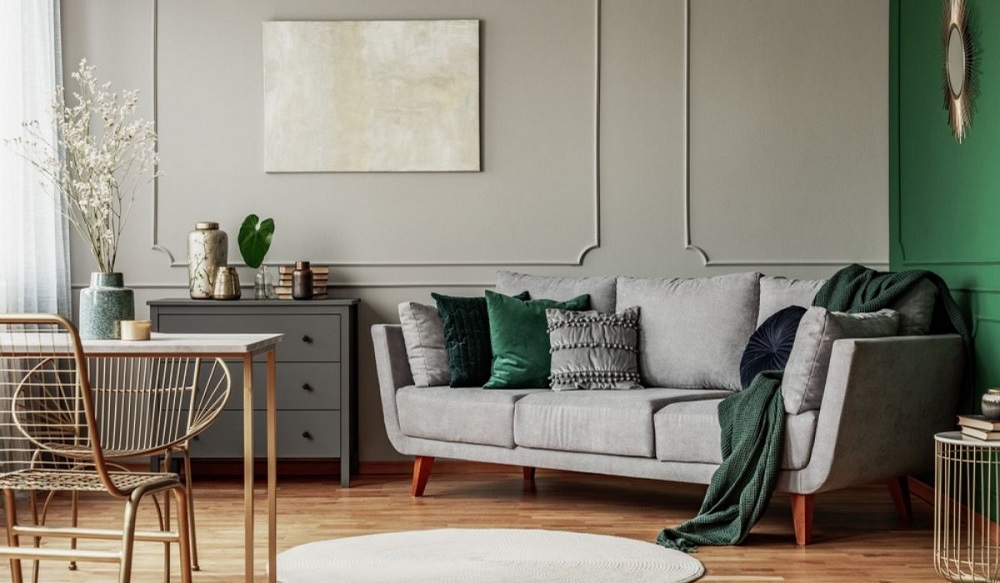Interior paint (สีทาภายใน, which is the term in Thai) has the transformative power to change the look and feel of a home completely. The right colour, style, and finish can elevate the aesthetic appeal of any room and create a desired atmosphere. Interior paint has been used for centuries to decorate homes, with evidence of painted walls dating back to ancient Egypt.
Today, with a seemingly endless array of colour choices, finishes, and styles, interior paint is more popular than ever. This article will explore the power of interior painting in detail.
Colour Psychology
Colour psychology is the study of how colours affect mood and emotions. The colours used in a room can impact the overall atmosphere and spirit of the space. Warm colours like red, yellow, and orange create a sense of energy and excitement, while cool colours like blue, green, and purple create a more calming and relaxing atmosphere.
When choosing interior paint colours, it’s important to consider the desired effect and mood of the room. For example, a bedroom may benefit from calming blues or greens, while a home office may benefit from energizing yellows or oranges. By strategically choosing colours, homeowners can create the desired atmosphere in any room of their home.
Trending Paint Styles
Paint styles have evolved, with new trends emerging each year. In recent years, neutral colours like greys and whites have been popular choices for interior paint, as they create a timeless and sophisticated look. Bold accent walls have also gained popularity, with homeowners opting for vibrant colours or eye-catching patterns to add interest to a room.
Another trend is using textured or patterned paint, which can add depth and visual appeal to a space. These paint styles can be used in various rooms, from living areas to bedrooms and bathrooms. The possibilities are endless for incorporating trending paint styles into your home.
Paint Finishes
Paint finishes refer to the texture and sheen of the paint once it has dried. Different finishes serve different purposes, from matte finishes that hide imperfections to high-gloss finishes that reflect light and add depth.
Choosing the right finish for each room is important to achieve the desired look and feel. For example, a matte finish may work well in a bedroom, while a semi-gloss or high-gloss finish may be better suited for a bathroom or kitchen. The paint’s finish can greatly impact a room’s overall appearance.
Conclusion
The above article shares details on interior paint’s power and the different factors that make it brilliant.







